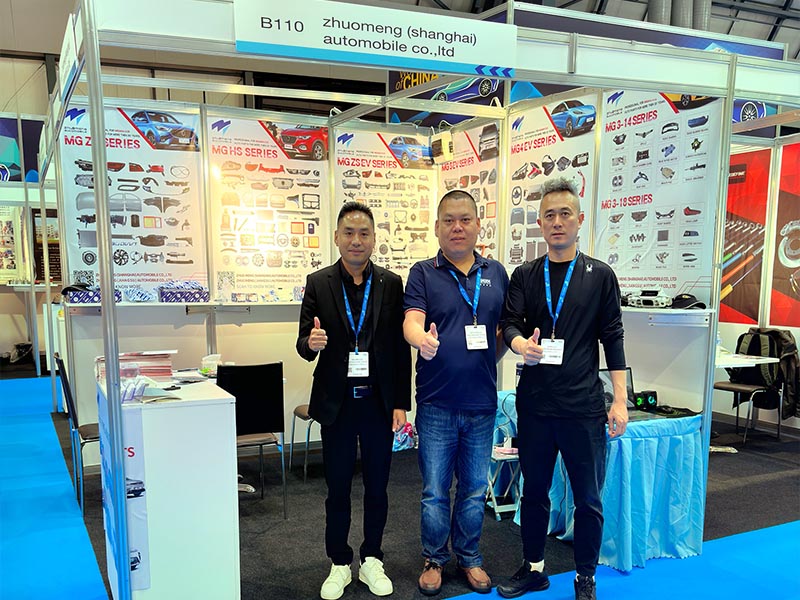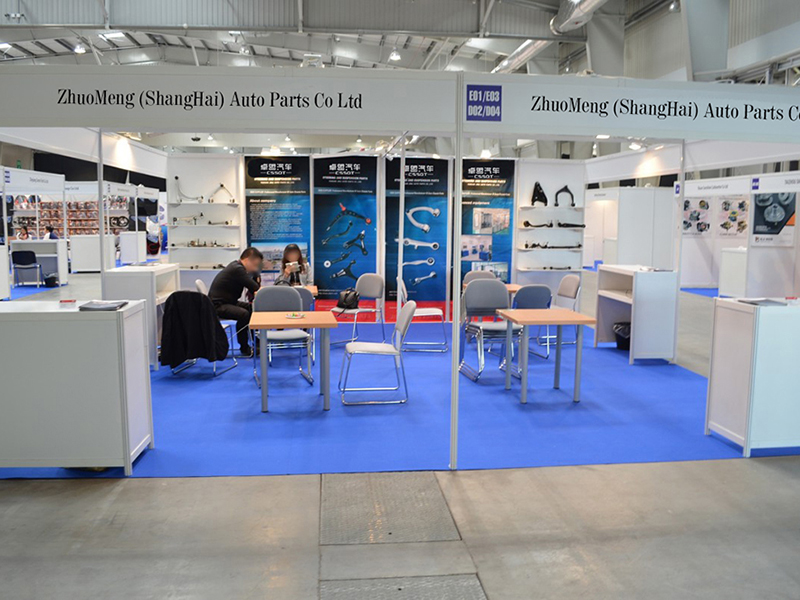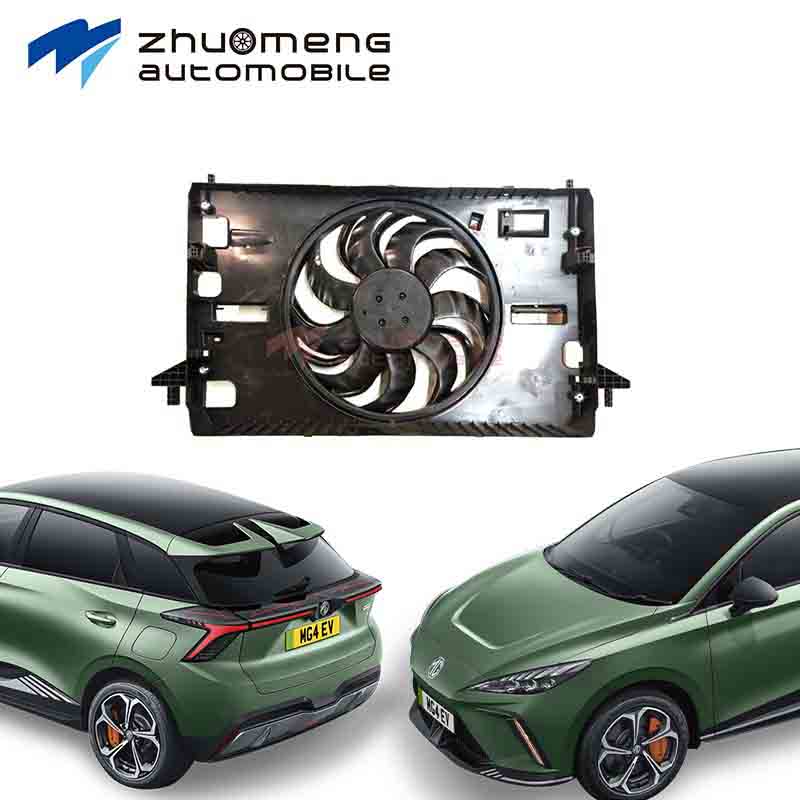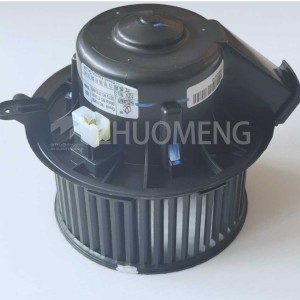Why is the heat dissipation of mg4 ev a fan instead of water cooling?
In automotive electronic systems, temperature management has always been a challenge, generally requiring the system to work normally under the ambient temperature of -40°C ~ + 65°C. The ambient temperature inside the housing will also have a temperature rise of about 20°C, so the maximum ambient temperature that the PCB board actually needs to withstand will be as high as + 85°C.
Then, further focus on the local area, such as power supply, CPU and other modules will be the heat consumption, and further aggravate the ambient temperature in the chassis, and the harsh environment has actually approached the temperature limit of many chips. Therefore, in the initial stage of system design, it is necessary to plan the Thermal Management strategy and design the corresponding measures.
Relatively simple and rough, but the effective heat dissipation measure is to add a heat dissipation fan, of course, this will increase the design cost and machine noise. Therefore, our requirements in the design of fan circuits are also based on these two basic starting points:
1), the circuit must be simple, low cost;
2), the speed of the fan is proportional to the noise, so the speed of the fan is required to be measured and controllable. The system will adjust the fan speed according to the ambient temperature, preferably stepless speed regulation, and strive to balance the heat dissipation efficiency and noise.
The use of water cooling is easy to damage and requires frequent replacement and maintenance, and the car often has bumps, which is not suitable for the use of water cooling systems












